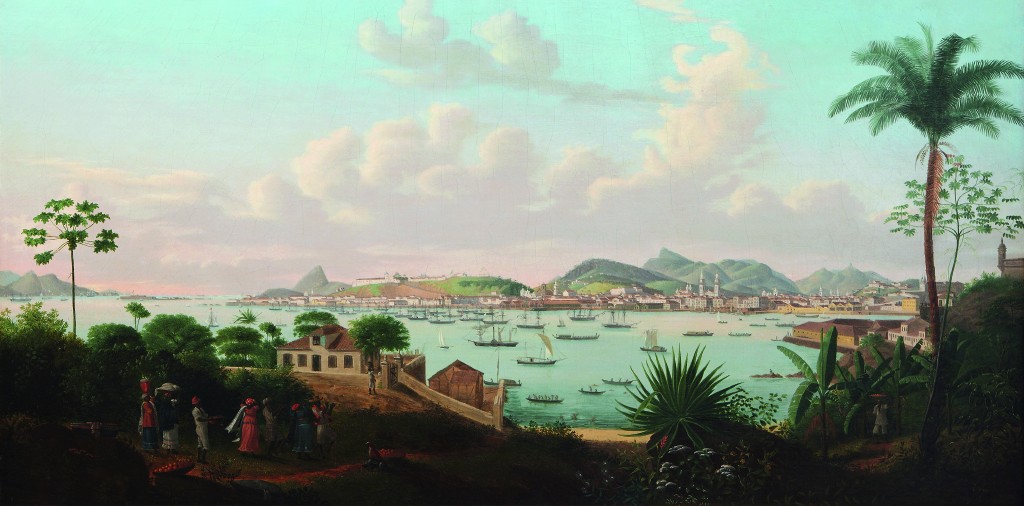 In recent years, some museums have begun a push to build their collections in Latin American art and to show more of it in special exhibitions, too. Much of the emphasis has been on modern and contemporary works and/or Spanish Colonial works.
In recent years, some museums have begun a push to build their collections in Latin American art and to show more of it in special exhibitions, too. Much of the emphasis has been on modern and contemporary works and/or Spanish Colonial works.
That’s why I was pleased to learn about and exhibition that goes, shall we say, in another direction–that is, pictures of the land, from the Artic to the southern tip of South America; paintings by 19th and early 20th century artists.
Organized by the Pinacoteca do Estado de São Paulo, the Art Gallery of Ontario and the Terra Foundation for American Art, Picturing the Americas, is currently on view at Crystal Bridges Museum in Bentonville, AR.  I recently visited it for The Wall Street Journal, which published my review in today’s paper under the headline Mapping Beauty Across the Americas.
Here’s an important thing to know about the show:
From its start, this exhibition indicates that it intends to illustrate how artists used landscapes to make statements, rather than how they created them or their relative artistic merits. The works—more than 100 paintings and works on paper from the 19th through the early 20th centuries—are presented as tools that forged or reinforced opinion about nationhood, cultural identity and the environment, natural and (later) built. They may be aesthetically pleasing, but they all contain messages, overt or subliminal.
Nothing wrong with that, of course.
And if the aim of an exhibition is to teach something, and not just please the eye or evoke emotion, then Picturing the Americas succeeds.  The works include many by artists that are not at all known in this country–yet should be. That’s Felix Emile Taunay’s “Guanabara Bay Seen From Snake Island”(1828) posted about.
Not every artist in the show is terrific, but… that’s no criterion for looking at their work, especially, as the above paragraph indicates, the works also served another function.
This is the exhibition’s only showing in the United States, and it comes down on Jan. 18.
Photo Credit: Courtesy of Crystal Bridges Museum
